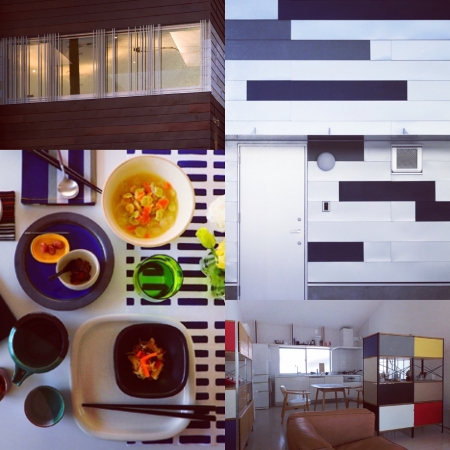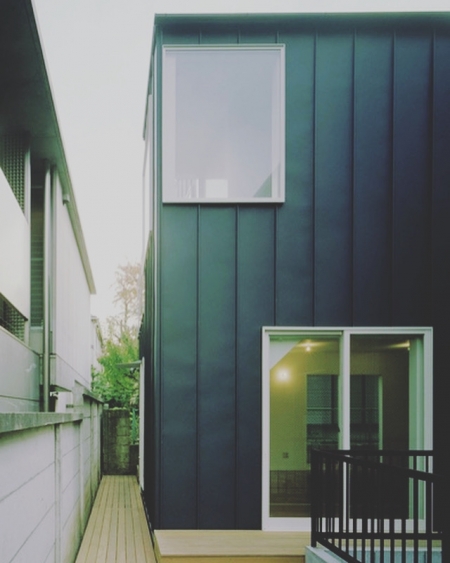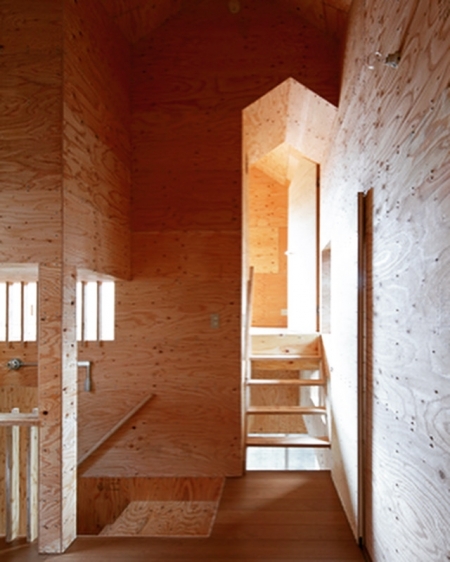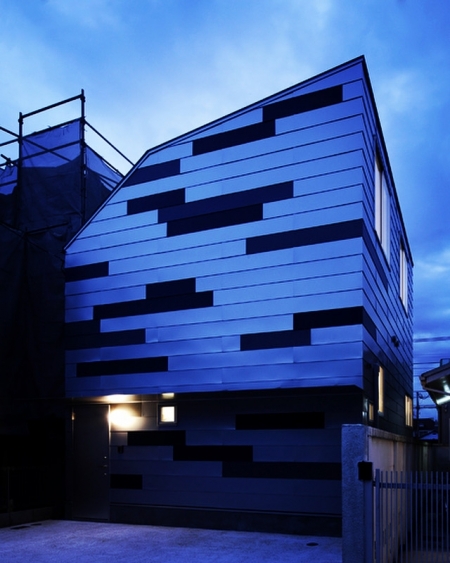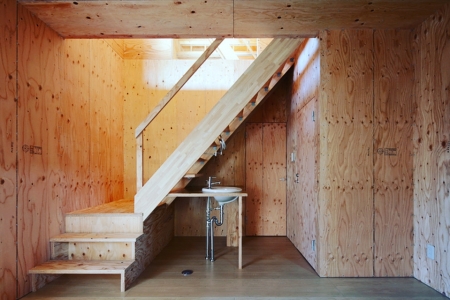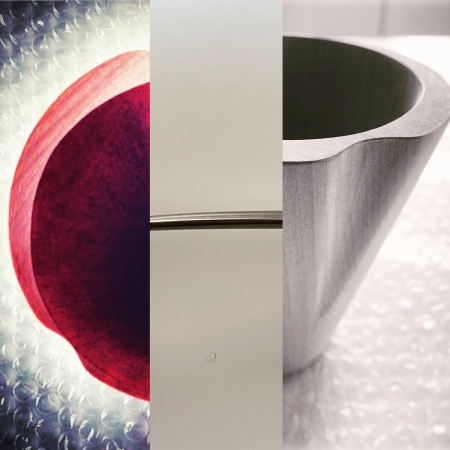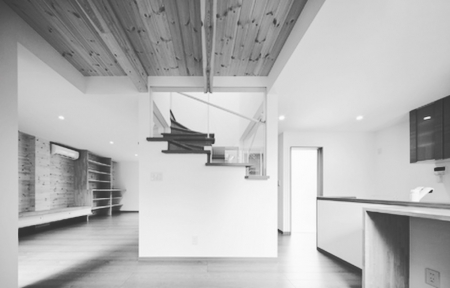飾ること
装飾とは「飾る」ことだが、「飾る」という行為以外にも、モノとしての装飾という意味合いもある。建築では主に「装飾」というモノとしての意味合いの方が強いが、「飾る」という行為にも興味が湧く。
装飾が外の世界との関係を調整するものであるならば、モノとしてよりは「飾る」という行為の方が重要である。飾ることによって、自分のいる場所や自分自身を外の世界に向かって特徴づけしようとする。関係性を築きたいのであれば、まずは自分が何物なのかを示さなくてはならない、そのための特徴づけが装飾であり、「飾る」行為である。
この場合の「飾る」行為の対象には、建築や空間も含まれるし、人間自身も含まれ、その手段には建築空間のデザイン以外にも、服などのファッションも用いられる。
ならば、建築空間デザインとファッションデザインを同じ舞台に上げて、同じ様に扱ってみるのも面白い、建築空間ではもちろんスケールの違いがデザインになるが、それはファッションデザインでも同じ、サイズがあり、ファッションデザインでも建築空間デザインと同じように、サイズもデザインの内である。
建築空間デザインでは、当たり前だが、そこに建築性という規範があり、その範疇で捉えようとする。それは現実実際の複雑な状況を建築空間デザインで扱えるように単純化するためのものであるが、その建築性の部分にファッションデザインの考えや見方を移植してみると、同じように単純化しても、また違った見え方になり、それはもしかしたら、現実実際の複雑な状況が複雑なままに建築空間として立ち現れてくるのではないかと考えている。
"Decorating"
Decoration is "decorating", but in addition to the act of "decorating", it also has the meaning of decoration as a thing. In architecture, the meaning of "decoration" is mainly stronger, but I am also interested in the act of "decorating".
If decoration adjusts the relationship with the outside world, the act of "decorating" is more important than as an object. By decorating, you try to characterize your location and yourself towards the outside world. If you want to build a relationship, you must first show what you are, and the decoration is the act of "decorating".
In this case, the act of "decorating" includes architecture and space as well as human beings, and means of clothing and fashion is used in addition to the design of architectural space.
Then, it is interesting to put the architectural space design and fashion design on the same stage and treat them in the same way. Of course, in architectural space, the difference in scale will be the design, but that is the same in fashion design, there is the same size, fashion In design, as in architectural space design, size is within design.
It is natural in architectural space design, but there is a norm called architectural property, and I try to capture it in that category. It is intended to simplify real-world complex situations so that they can be handled by architectural space design.However, when porting ideas and perspectives of fashion design to the architectural part, it is similarly simplified. However, I also think that it will be a different way of seeing, and that it is likely that real and complex situations will emerge as architectural spaces with complex complexity.

